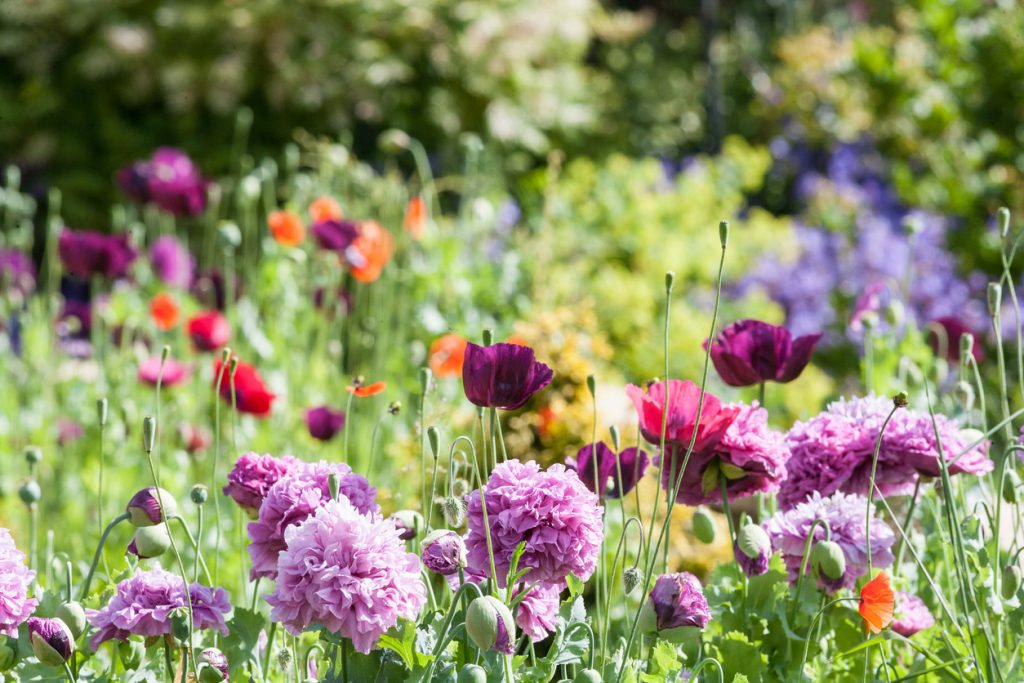Home
- Daffodils, The Golden Trumpets of the English SpringDaffodils swaying merrily in the wind is one image that defined England’s picturesque appeal. These flowers are often seen as a cheerful harbinger of spring. Regardless of whether you are the owner of a large country style cottage or have a town apartment with a window-ledge, sowing daffodil bulbs is one of the ways to…
- Turf Suppliers – how to find one
 Since there is a wide range of options to choose from, it is strongly advised that you reach out to turf suppliers for instance if you are looking for the best golf turf. Consulting turf suppliers is very important mainly because it serves as a guarantee to be pointed in the right direction as far…
Since there is a wide range of options to choose from, it is strongly advised that you reach out to turf suppliers for instance if you are looking for the best golf turf. Consulting turf suppliers is very important mainly because it serves as a guarantee to be pointed in the right direction as far… - Facts about Top SoilHaving a nice home garden is a noble undertaking for any person because it brings you peace, and it does the same for your family. It can be your contribution to tackling climate change or your answer to food insecurity. Whatever motivation you have for having a garden is not important as long as you…
- Exploring the Role of Tree Surgeons in Preserving Wellingborough’s Green SpacesThe abundance of parks, nature preserves, and tree-lined residential streets contribute to Wellingborough’s reputation as a green, eco-friendly town. Behind the scenes, professional tree surgeon wellingborough experts play an integral role in maintaining the health and safety of the town’s urban forests and green spaces that residents cherish. Pruning for Safety and Structure Tree surgeons…
- Choose a reliable and experienced turf supplier
 Turf suppliers offer a wide range of natural and artificial turf for your lawn. Turf is a grass piece that is laid down for sports, recreational purposes or decoration. People prefer turf suppliers for buying turf as they have a wider choice. Turf suppliers offer guidance in the proper selection of the turf. Instead of…
Turf suppliers offer a wide range of natural and artificial turf for your lawn. Turf is a grass piece that is laid down for sports, recreational purposes or decoration. People prefer turf suppliers for buying turf as they have a wider choice. Turf suppliers offer guidance in the proper selection of the turf. Instead of…
Finding Reputable Suppliers for Flower Bulbs
If the iris flower bulbs you’ve recently purchased haven’t been very successful, the problem could actually be with the supply of bulbs. If they’ve been improperly harvested and stored, the chances of the bulbs still being viable will be much lower. This is why it is very important that you purchase your flowers from reputable suppliers.
Exploring the Role of Tree Surgeons in Preserving Wellingborough’s Green Spaces
The abundance of parks, nature preserves, and tree-lined residential streets contribute to Wellingborough’s reputation as a green, eco-friendly town. Behind the scenes, professional tree surgeon wellingborough experts play an integral role in maintaining the health and safety of the town’s urban forests and green spaces that residents cherish.

Pages: 1 2